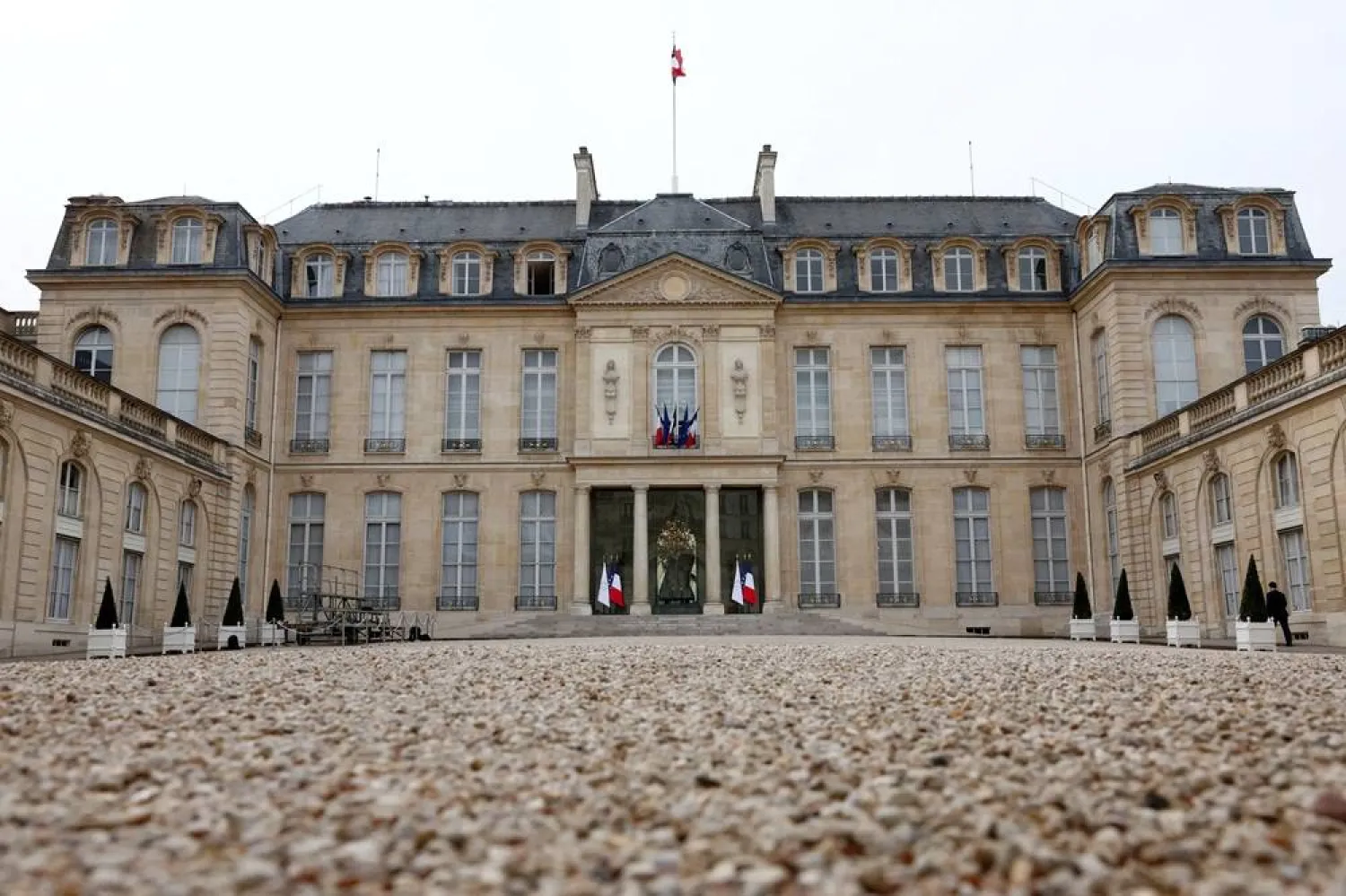The Royal Commission for AlUla has signed a cooperation agreement with SETI Institute to support the development of the AlUla Manara Observatory, which will act as a leading global center for innovation and excellence in space and astronomy sciences.
The agreement seeks to boost AlUla's status as a leading world destination for star and astronomy exploration tourism.
The collaboration will make AlUla Manara a hub for scientific advancement through joint research projects and initiatives for the growing astro-tourism sector in AlUla, and will provide educational opportunities to develop skills needed to work at the observatory, including supporting research and development programs with the latest systems and equipment. These advancements will enable scientists to conduct comprehensive space surveys and analyze data to identify new stars, planets, and comets.
Supervisor of the AlUla Manara program Eng. Nayef Al-Malik said that the collaboration strengthens AlUla’s role as a vital center for the exchange of science and knowledge.
He said that SETI Institute is one of the world’s leading organizations in research and scientific exploration, equipped with decades of technical expertise and knowledge in space and astronomy.
Al-Malik pointed out that the institute will support the development of data analysis systems for a range of telescopes planned for the observatory.
The observatory's educational centers will enhance local capabilities in space sciences using virtual reality. Furthermore, the awareness center will offer visitors to the observatory the chance to get familiarized with astronomy, in line with the commission’s vision to establish AlUla as a knowledge-sharing global center for research, innovation.
SETI Institute CEO Bill Diamond stressed that the institute’s mission is to share the results of its research with the world, noting that the collaboration with the Royal Commission for AlUla opens new horizons for advancing space sciences, education, and technology development.
"We envision the AlUla Manara Observatory as a beacon of discovery, equipped with advanced and modern telescopes to detect new planets and stars, pushing astronomical research to further frontiers,” Senior Planetary Astronomer and Director of Citizen Science at the institute Frank Marchis said.
He also said that their initiative in astronomical sciences will invite the community and tourists to “stargaze, explore AlUla’s rich scientific heritage, foster international collaboration, and revive humanity's deep connection with the universe.”
The AlUla Manara Observatory is set to open in several phases over the coming years, and carry out continuous research, collaboration, and educational initiatives.
AlUla Manara Observatory, currently under development, is located near the Gharameel area, in AlUla, which is one of the top 10% global locations with clear, dark skies.









